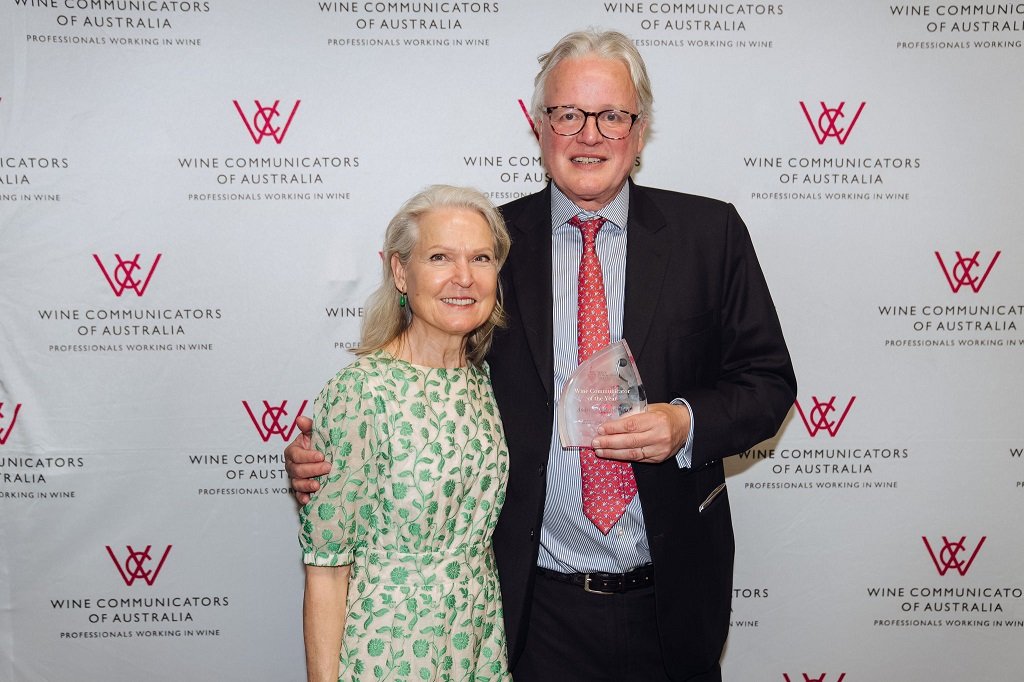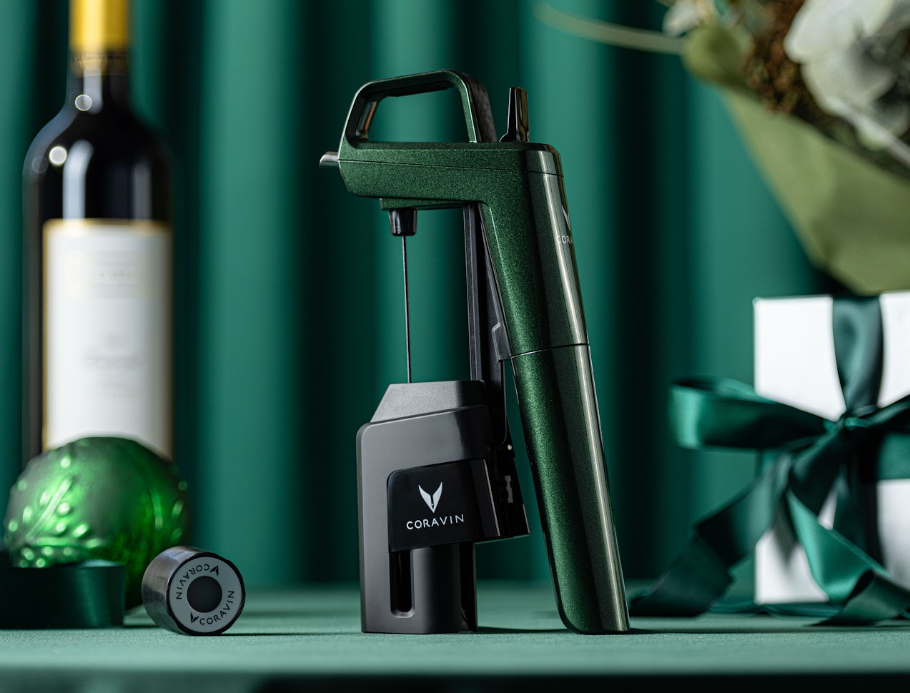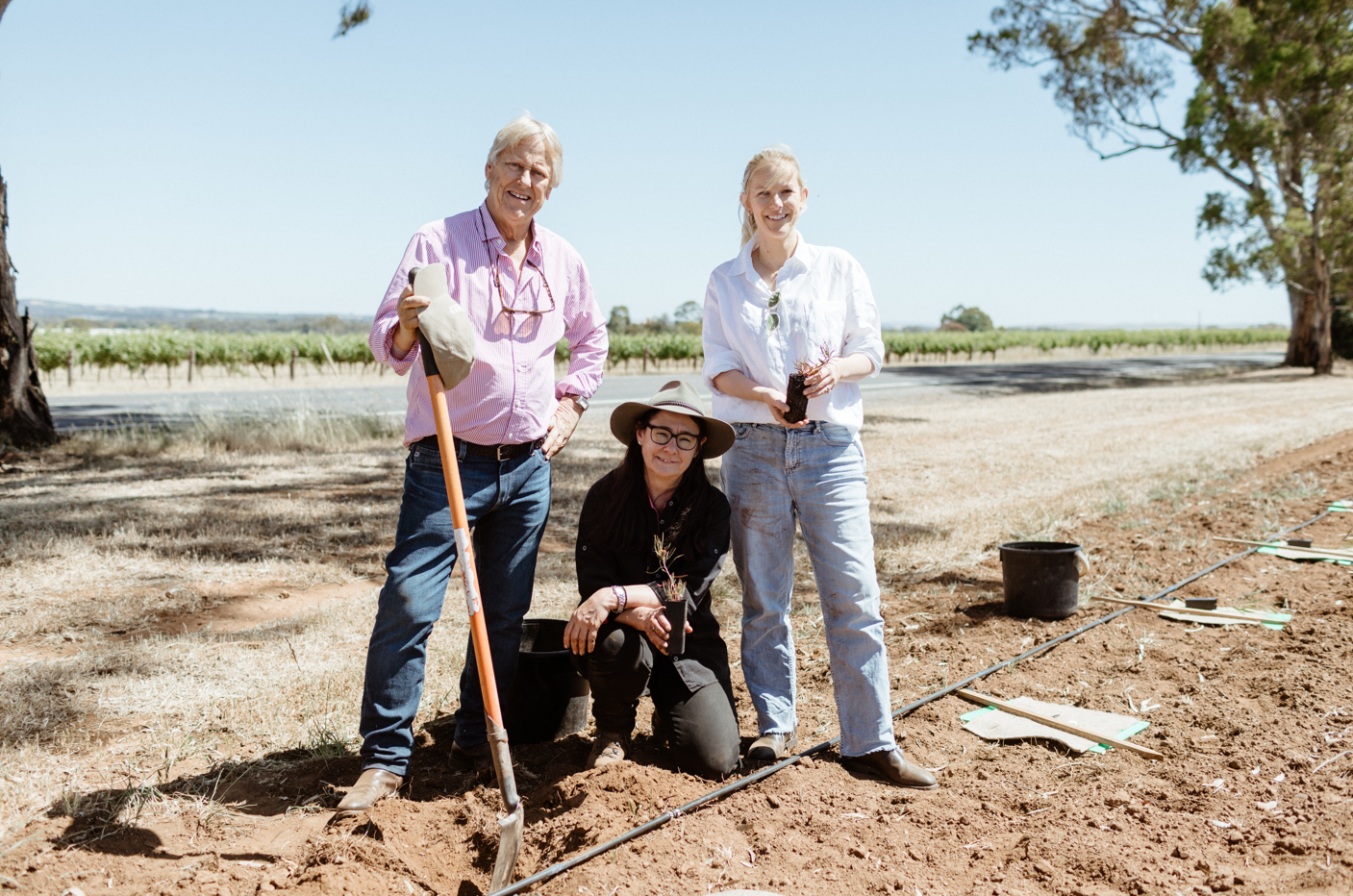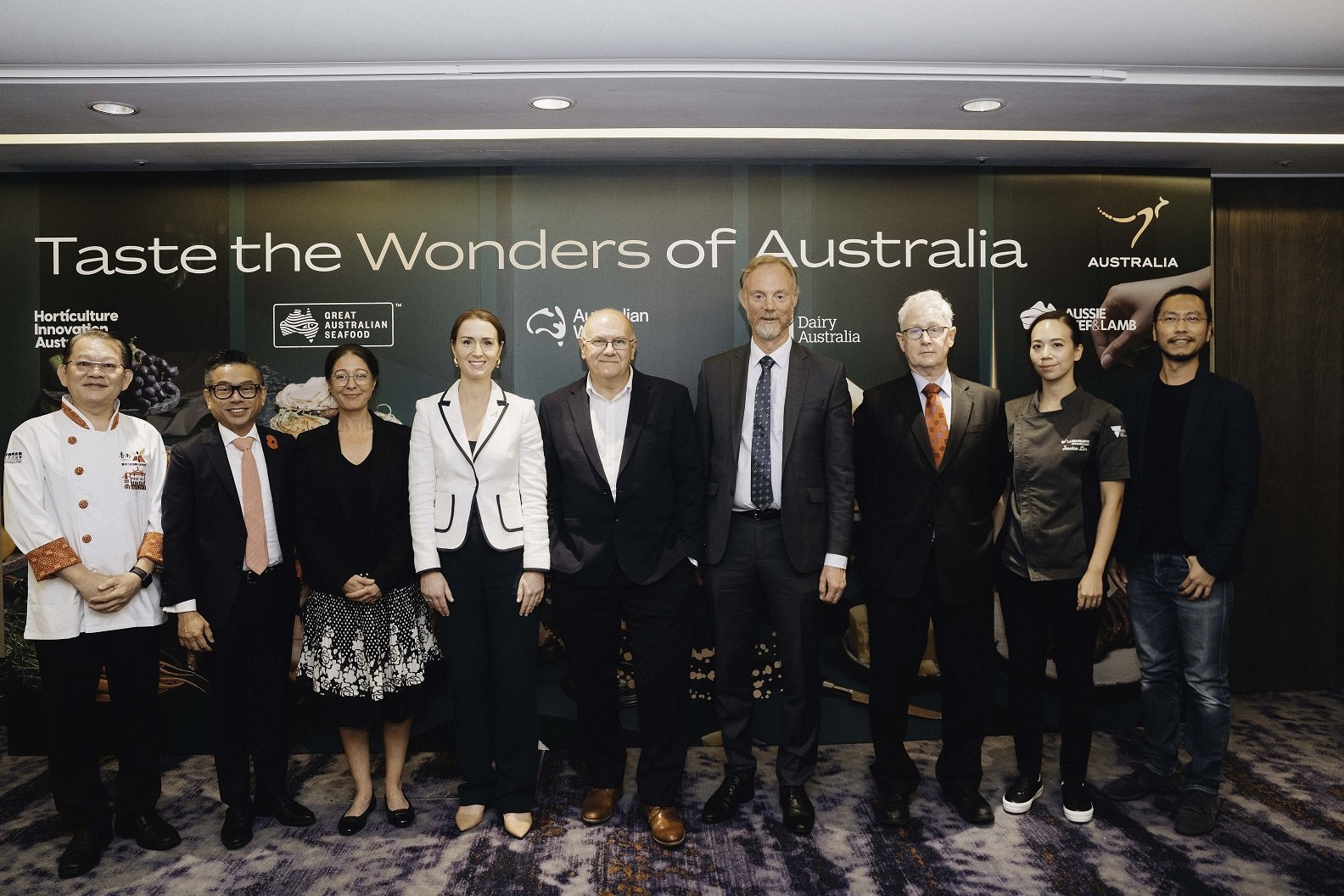Champagne may the sparkling sales king in Australia, but there are plenty of budget-friendly bubbles nipping at its heels for consumer dollars.
Here are five other ways to make fizzy an everyday indulgence ...
Australian sparkling seduces the world
Tasmania, the Adelaide Hills and the Yarra Valley are the leading producers of sparkling wines in Australia.

One of Australia's top champagne and sparkling wine critics, Tyson Steltzer, noted to ABC News earlier this year that "Tasmania's sparkling wines are now a global benchmark".
"In 2016 the House of Arras took out the Best Wine in Show at three capital city wine shows, trumping every still wine in the country," he said.
"And late last year, the House of Arras was named the Best Australian Producer at the International Wine and Spirit Competition in the United Kingdom.
"That's never before happened in history."
Sparkling reds takes off
Sparkling reds (formerly known as burgundies) have been made in Australia for more than 100 years, but are finally having their moment on bottle shop shelves.
According to The Independent: "Sparkling red wine still has a hard time shaking off its reputation for being sweet, cheap and a bit naff. However, the latest wave of sparkling reds are anything but – complex, sophisticated and extremely versatile, these underrated styles are well overdue their time in the spotlight."
Meanwhile, The Guardian says: "The masters of modern sparkling reds can be found in Australia, where winemakers tend to use shiraz grapes as the base for wines that can be wonderfully rich and indulgent."
Like the bilby at Easter, sparkling shiraz has become the Aussie festive go-to fizz as it pairs well with food.
Winemakers toast record prosecco sales
Five years ago, Italy's prosecco became the best-selling sparkling wine in the world by volume. It now produces 75% more bottles a year than Champagne.

Champagne still has the highest revenue, but prosecco's exports are up 16% on last year’s record 804 million euros.
Sales of prosecco in Australia have skyrocketed 53% in the past 12 months. However, it's the local brands that are increasingly winning over fans.
Winemaker Christian Dal Zotto noted to ABC News: "Over the last 12 months, Australian prosecco sales in Australia are now 8% higher than what the Italian Prosecco is."
Market research company IRI reported in August that prosecco sales by value nationwide have doubled in the past two years, compared with a 9% rise for champagne.
Its cheaper cost - at almost four times less per litre than champagne - was a major factor, according to IRI.
“Prosecco looks set to drive sparkling wine growth for the foreseeable future,” IRI channel insights manager Daniel Bone said. “It really hits the sweet spot from a price and value perspective; people feel they are getting bang for their buck.
“It is being drunk as a more regular indulgence, whereas champagne is reserved for celebratory occasions.”
Cava is the new Prosecco
Sales of Cava in Australia are also on the rise.
The Spanish sparkling wine is similar to Champagne in both production and flavour, but much more affordable at around $15 per bottle.

“Our palates are getting fatigued with Prosecco’s fruit-forwardness, so Cava’s dry and biscuity characters are welcome flavours,” notes Cellarmasters Head of Wine Joe Armstrong said.
Champagne's little sister ... Cremant
French vignerons are hoping Aussies will embrace another French bubbly - Crémant. Crémant is the name the French give to fizz made outside Champagne.
Forbes noted earlier this year: "Crémant has been around for ages, but now it appears to be having a moment. Sparkling wine’s popularity continues unabated and consumers are finding Crémant to be a terrific budget-friendly option that offers complexity and finesse. It is similar to Champagne in two ways: it is from France and it’s made with secondary fermentation occurring in the bottle rather than in a large stainless steel vat (which is how most Prosecco is made)."
Crémant's approachable style, often lighter and more floral than Champagne, fits the everyday luxury wine tag that many consumers are seeking. The wines represent value for money, with quality and terroir sitting behind the cork.
Let's talk about sekt baby ...
Sekt is the term used for sparkling wines in Germany and Austria.
It's made in both the ‘traditional method’ (as they do in Champagne) or the tank method as they do with Prosecco. Classic grape varieties can be used (Chardonnay, Pinot Noir and Pinot Meunier), but so can other local grape varieties that grow well in Germany, such as Riesling, Pinot Blanc, Pinot Gris and Sylvaner.
Previously sekt had a reputation for being a little cheap and nasty, but producers Rotkäppchen-Mumm, Henkell and Söhnlein, and Schloss Wachenheim are changing that.
According to Wine Enthusiast, sekt is "Germany’s best-kept secret".
"After years of lingering in the doldrums, a German fizz revolution is in full swing," the site notes.
Share the content










